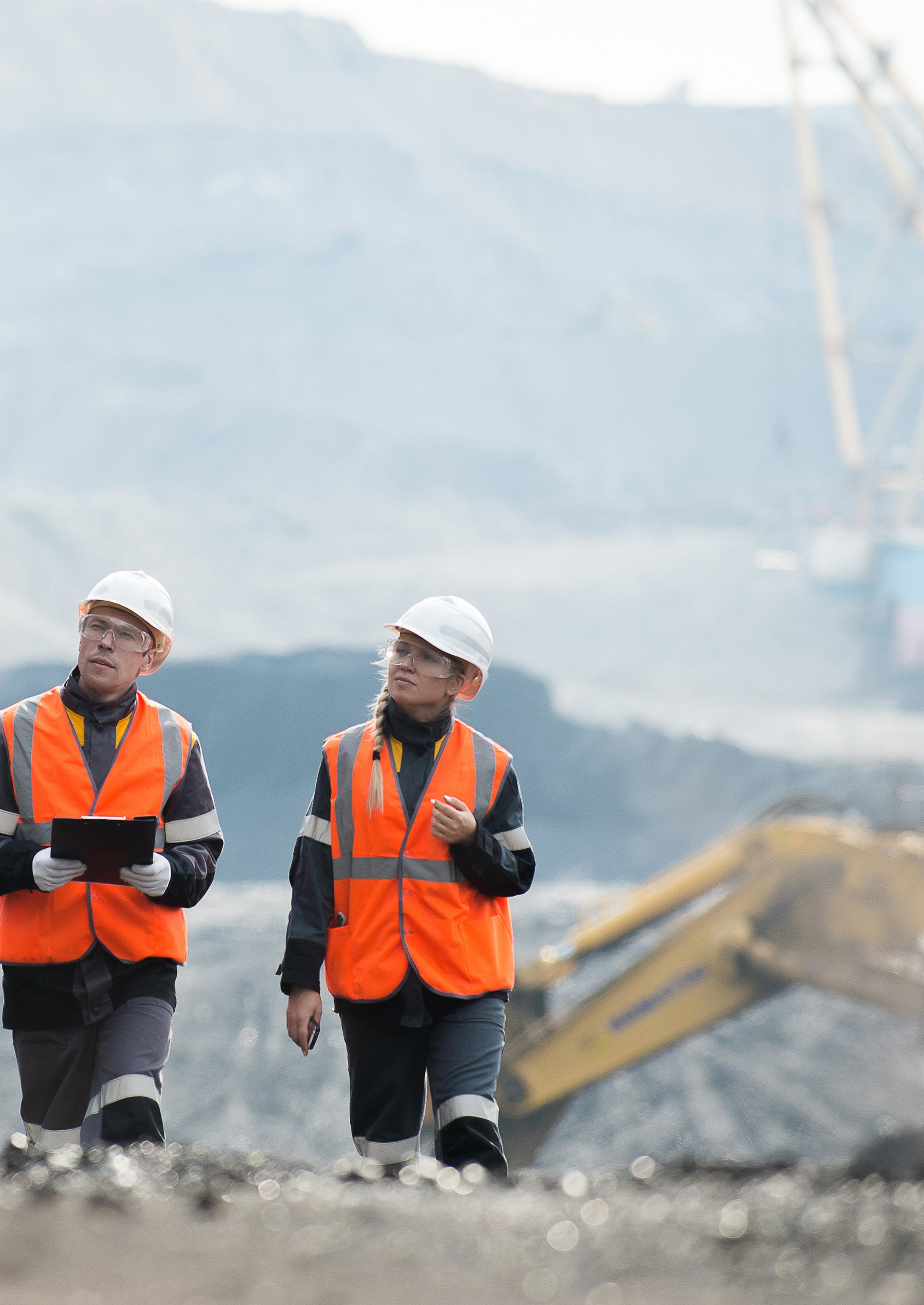






BHP Group Limited is one of the world’s leading mining and resource companies. The Australian company was founded in 1885 as the Broken Hill Proprietary Company Limited. The business has since evolved into a global powerhouse in the extraction and processing of natural resources. Hannah Barnett found out more.
Having made a mark in mining for the last 140 years, BHP is now committed to playing a considered role in building a better world. The business seeks to do so responsibly and sustainably while continuing to create value, both for shareholders and the broader community.
“Mining is an industry for today and tomorrow,” said Mike Henry, CEO, on the first page of the company’s website. “At BHP, we are already providing materials and jobs critical to the future, and we see clear opportunities to use our strengths to continue to grow value for shareholders. I am incredibly optimistic about the future of our company.”
BHP’s origins trace back to the mining of silver, lead and zinc in Broken Hill, New South Wales in the 1880s. Over the decades, the company expanded operations, venturing into steel production and diversifying its mineral portfolio. BHP marked entry into the new millennium with a particularly significant
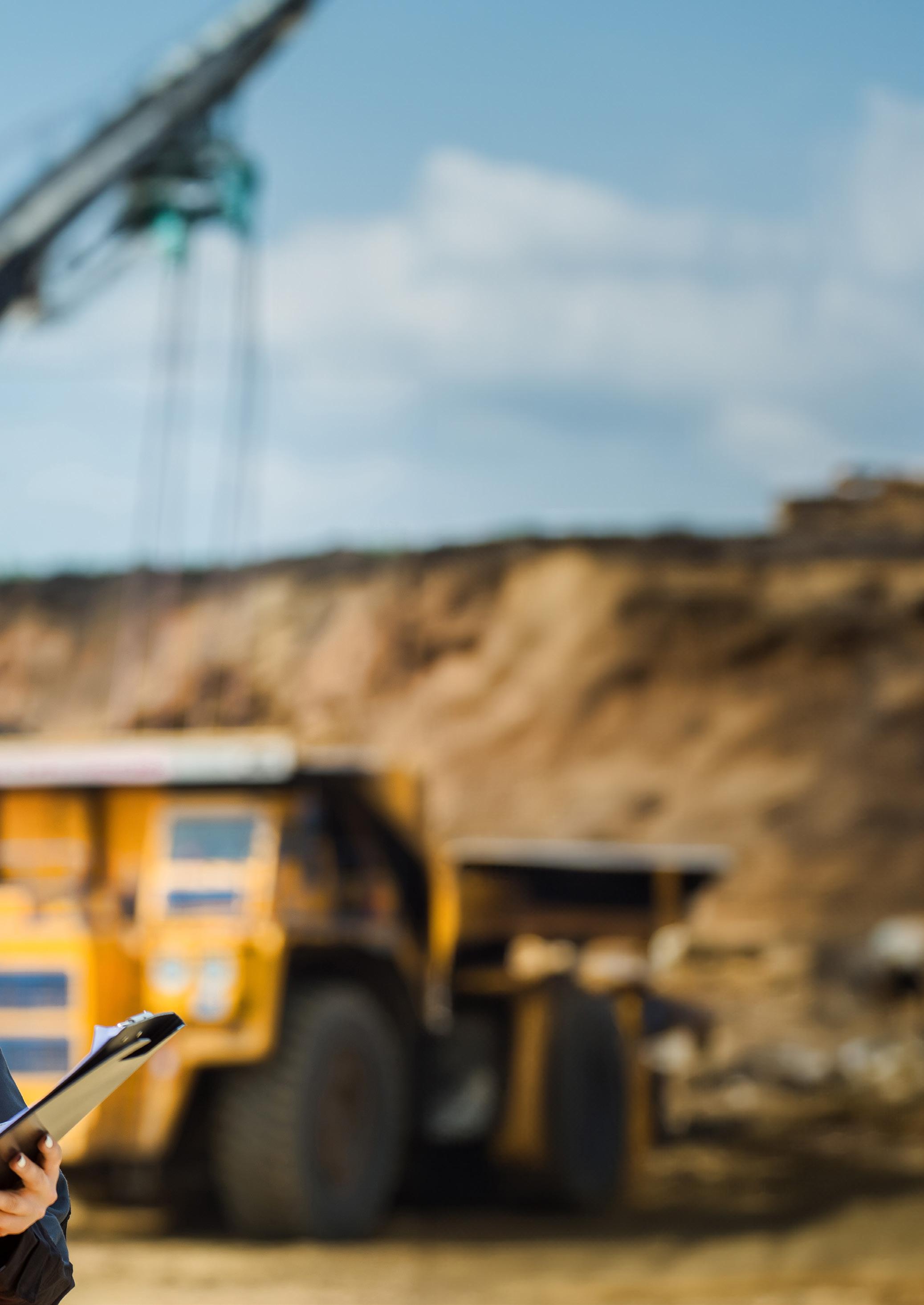



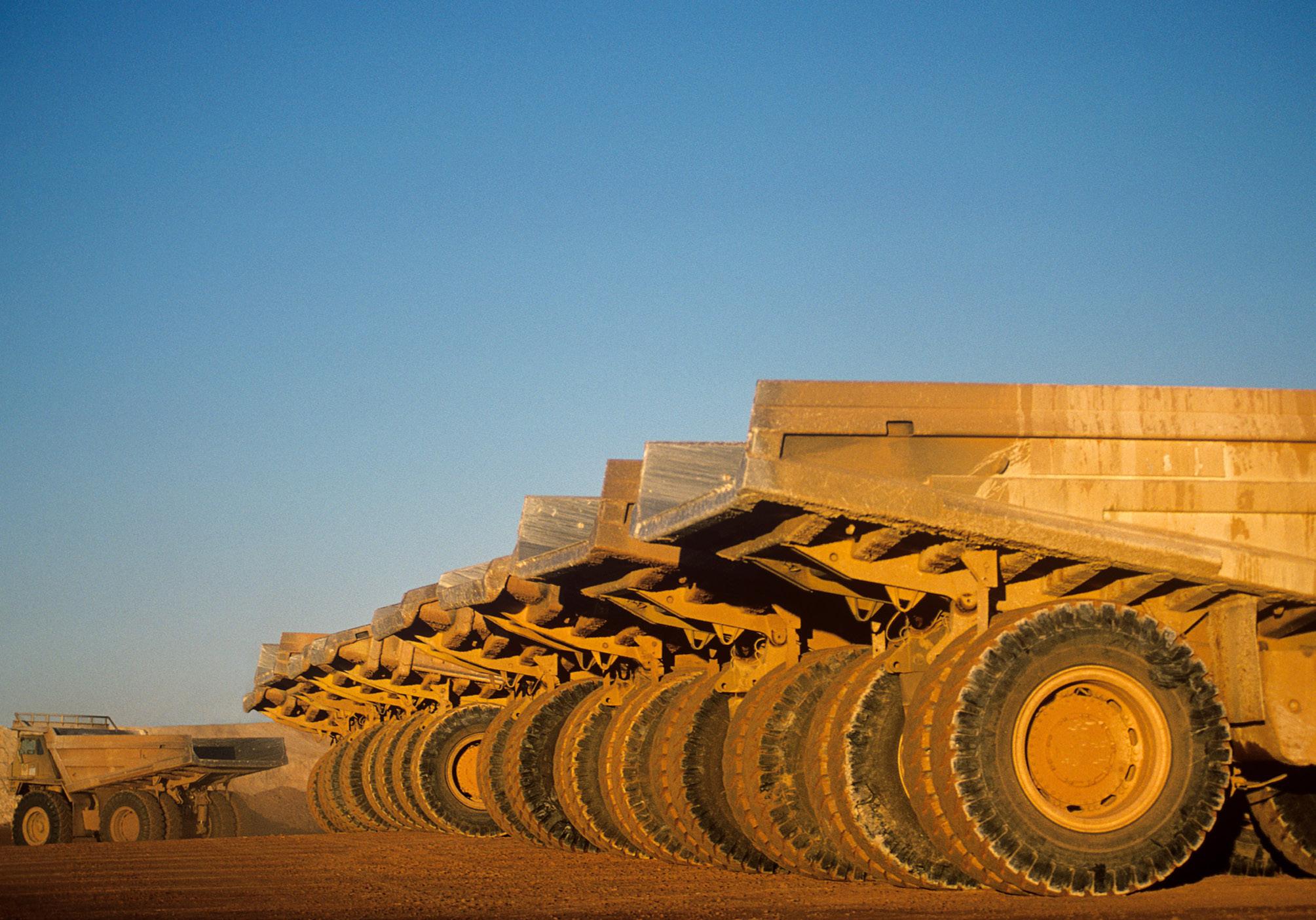
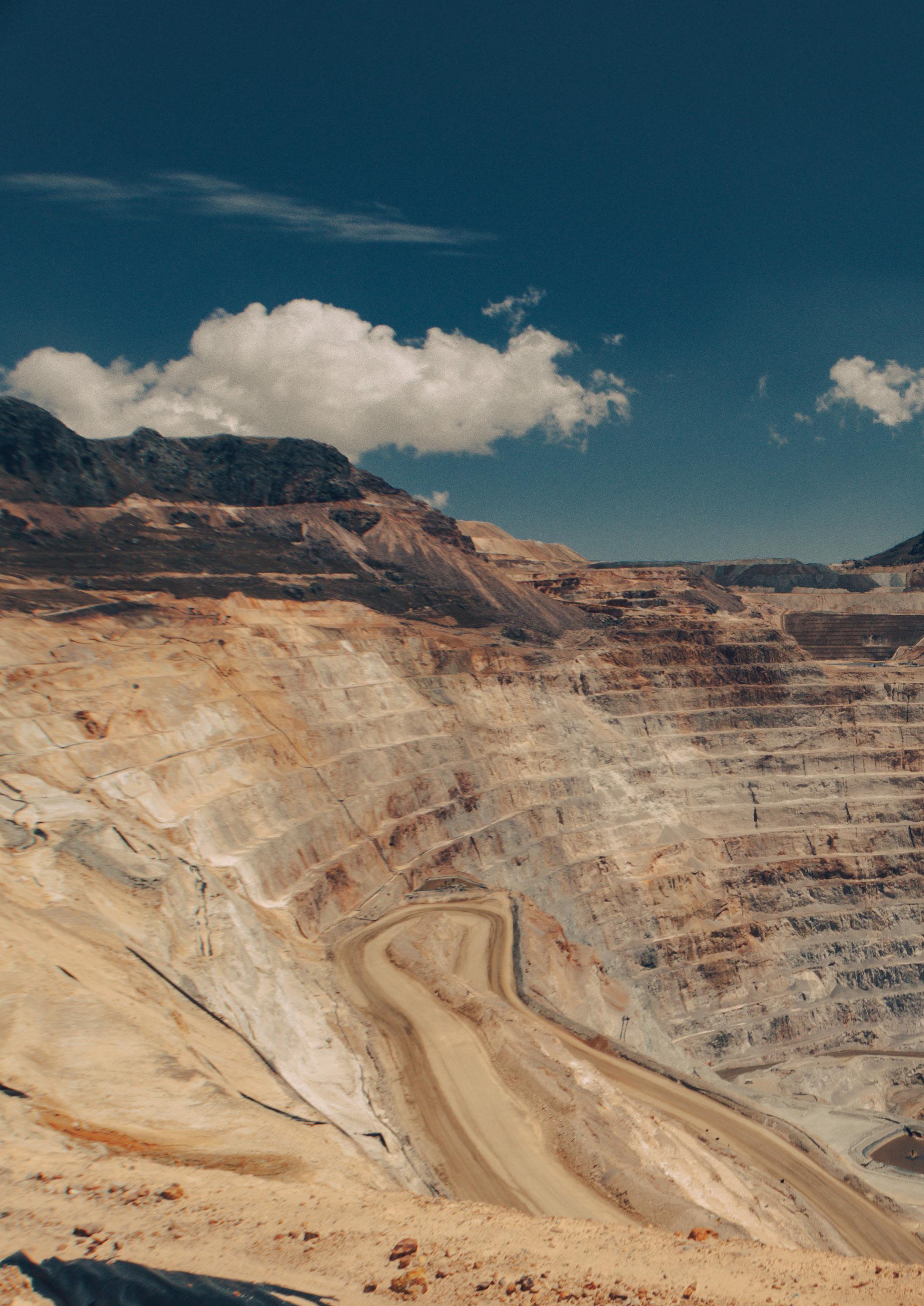
milestone – a 2001 merger with Billiton plc, a company with roots dating back even further than BHP (it was founded in 1851 as a tin mining enterprise on Indonesia’s Belitung Island). This merger formed BHP Billiton, which later rebranded to BHP in 2017.
Today, BHP operates in over 90 locations worldwide, producing a diverse range of commodities essential to global infrastructure and development. The company’s primary products include iron ore, copper and metallurgical coal.
For the fiscal year 2024, BHP reported a total economic contribution of US$49.2 billion. The company maintains a strong commitment to sustainability, achieving a 32% reduction in operational greenhouse gas emissions since 2020. Additionally, BHP has made significant strides in diversity, with female workforce representation reaching 37.1% as of June 2024.
BHP’s enduring commitment to responsible resource development, strategic investments in future-facing commodities and robust leadership underscore its pivotal role in meeting the world’s evolving resource needs. As it states online, the company has sought to be: ‘a simpler, more efficient BHP, one that is better able to capitalise on the megatrends shaping our world.’
On the subject of global megatrends, the company is carving out a clear, coherent and consistent role in the energy transition. This means strategically focusing on commodities like copper, essential for renewable energy technologies, and potash, vital
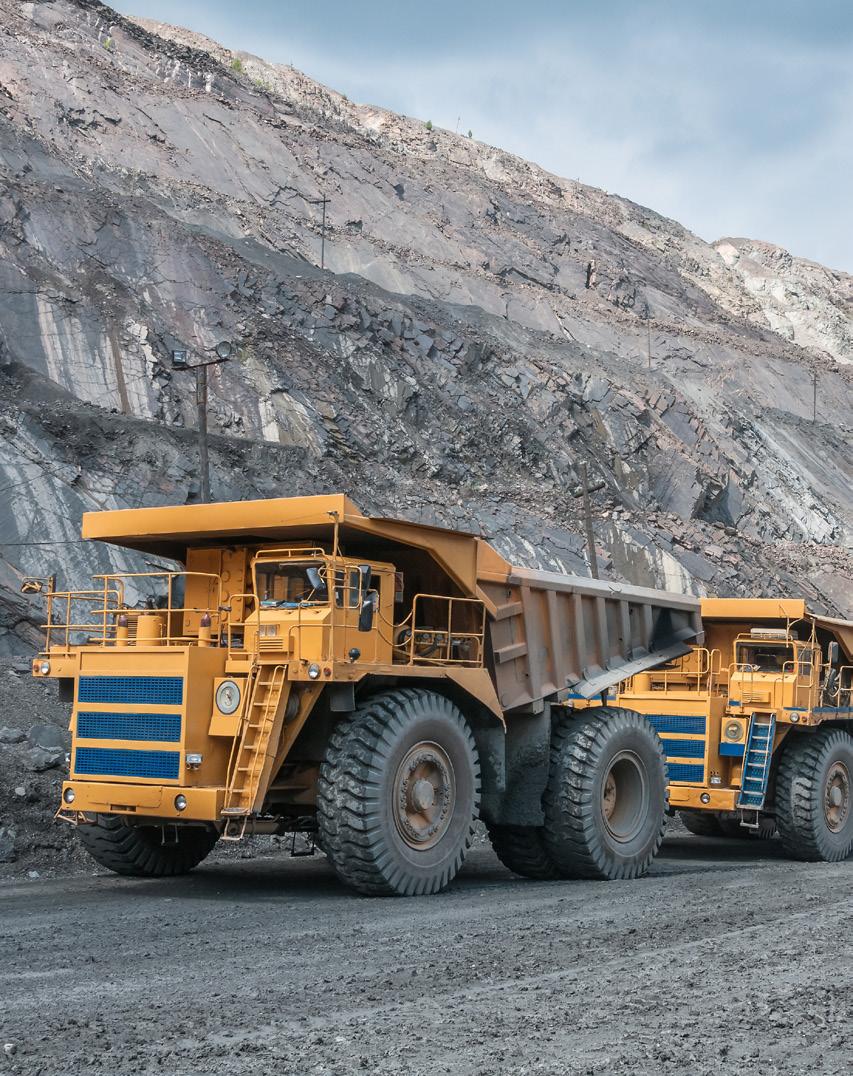
for agriculture. Copper is useful because it is one of the world’s most recyclable materials; almost all copper products can be recycled. Additionally, electric vehicles use four times as much copper as petrol-based cars.
Therefore, in the move towards a lower carbon future, copper is essential to create the infrastructure needed for renewable energy sources, such as wind and solar. BHP also recognises that the demand for copper will continue to grow due to grade declines at existing copper mines, the radical urbanisation of large populations in China and India, and the ongoing electrification of energy and transportation. BHP produced 1,716.5 kilo-tonnes of copper in the financial year of 2023.
Potash, specifically Muriate of Potash, is a potassium-rich salt used to improve agricultural production. Potassium is essential for plant health as it increases yields, improves water efficiency, and increases pest and disease resistance. Potassium

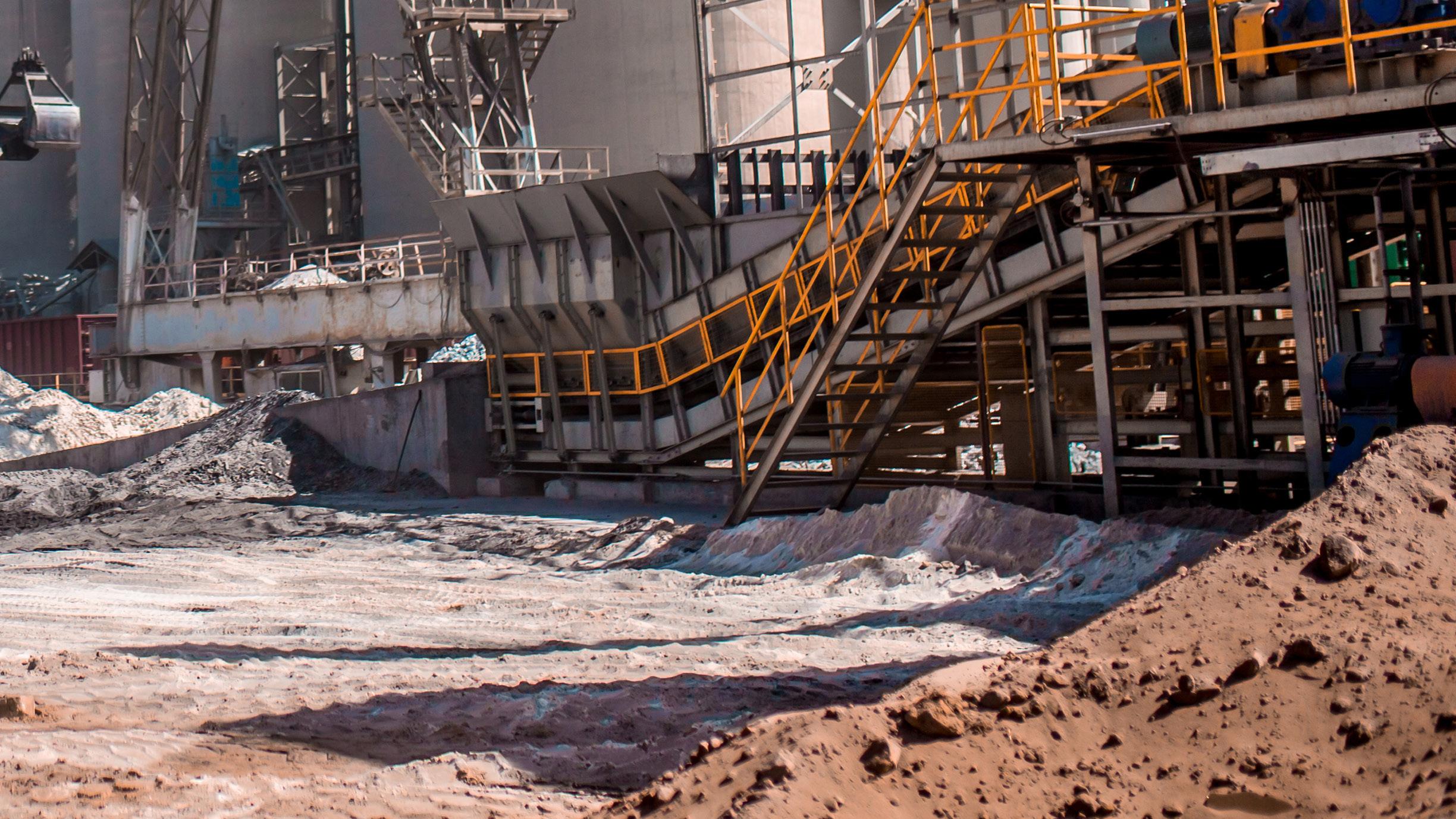
naturally occurs in soil, but farming depletes the mineral faster than naturally occurring sources can replenish it. Regular use of potash helps maintain the productivity of fields that have lost nutrients from years of repeated nutrient removal through harvest.
Around 70 million tonnes of potash is produced globally each year, predominantly in Canada and across the Former Soviet Union. As a result, BHP is investing heavily in the Jansen potash project in Canada.
As part of its commitment to mining potash at Jansen, in January 2025 BHP and Carlton Trail College announced the launch of the BHP Potash Academy. This eight-month paid traineeship is designed to equip those new to the mining industry with essential skills required for production or maintenance technician roles at the Jansen mine site in Saskatchewan, Canada.
The programme includes a mixture of classroom and theory learning, as well as practical workshop training for hands-on experience. At the end, trainees will earn a Certificate in Mining Essentials, an Applied Certificate in Industrial Mechanics and permanent, full-time employment at the Jansen mine site to contribute to the operation’s long-term success.
“The launch of Potash Academy is an important milestone that will support the long-term success of Jansen and economic growth and participation in the region,” said Graham Reynolds, General Manager of Operations at BHP in an online press release. “We
look forward to working with this great group of trainees who bring diverse experience that they can apply to BHP and the mining industry.”
“With the launch of this new partnership between our College and BHP, we are bridging the gap between workforce need, classroom learning and the real-world application of skills,” agreed Amy Yeager, Carlton Trail College President and CEO, on the same press release. “We look forward to delivering this unique initiative that will shape the future of both training and industry.”
Recognising the importance of industry collaboration, at the end of 2024 BHP announced that it has partnered with Rio Tinto and BlueScope Steel to construct a pilot plant in Western Australia’s Kwinana industrial hub.
The facility will use renewable power and direct reduced iron technology in an electric smelting furnace to produce molten iron, with a potential annual output of 30,000 to 40,000 tonnes. Overall, the facility aims to produce low-carbon iron, potentially achieving near-zero greenhouse gas emissions in steel production.
As the world transitions to cleaner energy and more sustainable industrial practices, BHP’s ongoing efforts will be crucial in meeting global demand for essential materials while minimising environmental impact. The company’s progress in making the mining sector greener not only strengthens its business model, but also contributes to a more sustainable future for the planet. n


